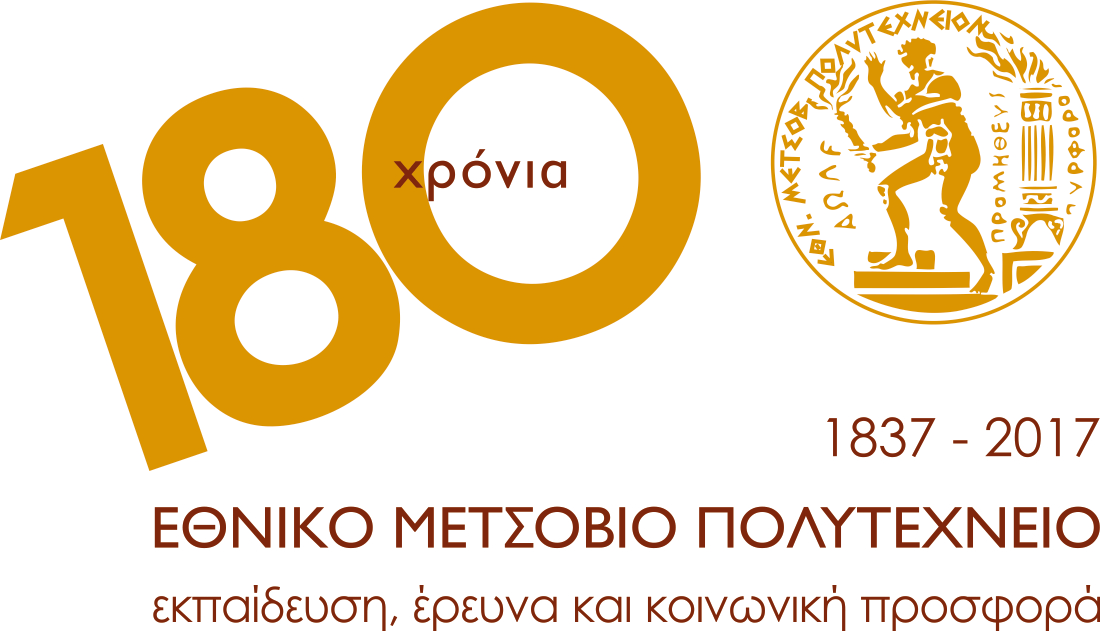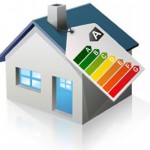 Buildings account for about 1/3 of energy use and emissions internationally, and this share is rising as people demand larger, more comfortable buildings in both developed and developing countries. Improving energy efficiency in buildings is usually very cost-effective, but significant potential remains to save energy in most buildings. Policies such as building energy codes have a proven track record in making new buildings more efficient. In HMCS, focus is given on both investigating innovative materials/structural elements for buildings and modelling the energy performance of a test cell or a real-scale building.
Buildings account for about 1/3 of energy use and emissions internationally, and this share is rising as people demand larger, more comfortable buildings in both developed and developing countries. Improving energy efficiency in buildings is usually very cost-effective, but significant potential remains to save energy in most buildings. Policies such as building energy codes have a proven track record in making new buildings more efficient. In HMCS, focus is given on both investigating innovative materials/structural elements for buildings and modelling the energy performance of a test cell or a real-scale building.
Permanent Stuff
[show-team ids=’ 1032 ‘ url=’active_new’ layout=’hover’ style=’img-circle,img-white-border,text-center,3-columns,white-hover’ display=’photo,position,social,email,name’]
Post-docs
[show-team ids=’ 1030, 1215 ‘ url=’active_new’ layout=’hover’ style=’img-circle,img-white-border,text-center,3-columns,white-hover’ display=’photo,position,social,email,name’]
PhD Candidates
[show-team ids=’ 1726 ‘ url=’active_new’ layout=’hover’ style=’img-circle,img-white-border,text-center,3-columns,white-hover’ display=’photo,position,social,email,name’]
External Associates
[show-team ids=’ 1036, 1028 ‘ url=’active_new’ layout=’hover’ style=’img-circle,img-white-border,text-center,3-columns,white-hover’ display=’photo,position,social,email,name’]
| Materials | Experimental investigation of Phase Change Materials VIP Materials in high temperatures |
||
|---|---|---|---|
| Modelling | Simulation of energy performance of a building or district Occupancy Profiles/HVAC/RES |



